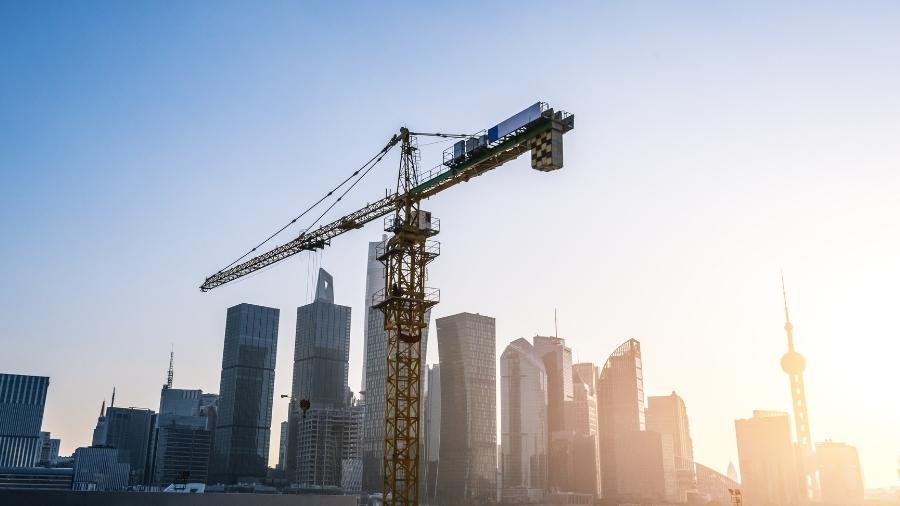The construction industry is the one that keeps on demanding day-to-day work, be it on a smaller side or bigger side. The complete process is feasible and worth continuing with the integration of regular BIM strategies and stages. The art of BIM comprises having proper and detailed facility managerial work that involves standard tracking of the job with information updates about the existing building conditions.
This information sharing of the components of a facility and the necessary documents that the facility managers demand. This set of documentation must have necessary data with accuracy, precision, and up-to-date data. Not only this, but the work requires a proper system set in the right place so that the operational work can be continued together and, above all, smoothly.
With the integration and use of the BIM process, the work of facility managers is at an incredible pace. They can digitize the process and update the facility management process. The team members working on the project can insert the data required for building maintenance and repair. The whole data sharing will be easy to access, and it is possible only with central BIM model access.
The work of FM is to ensure that the professionals can have information on the data from one single channel that will help simplify the overall maintenance process. One of the advantages of the BIM model is that it reduces the significant amount of time spent gathering the FM databases. It also reduces the cost of the project and maintenance for a long-term duration. The work of BIM is very much helpful and more productive as per the Global BIM Market Analysis. The art of the work is delivering and supporting the planned work at the site with proper maintenance, optimizing facility management planning, and reducing the cost of the project to the stakeholders.
Let us now proceed further and have a look at the difference between the traditional approach and the new forms that made the work faster.
Traditional Approach
The process of facility management has to undergo multiple stages. It requires a proper plan of action along with collaboration and coordination. There are multiple disciplines that are taken into consideration to ensure that the overall process is functional, safe, and sustainable. To check these details and disciplines, it is the responsibility of the facility managers to have access to paper documents that help provide a proper set of data with representations of as-built conditions.
These documents are available in the form of paper, and thus for regular building maintenance, these documents must be comprehensive. With this, it also demands continual updates in it. If any set of documents goes missing or data is invalid, the facility managers immediately need to produce new documents and share the details with the laborers to ensure the work is not delayed.
Support of BIM in Facility Management
The process of BIM is quite accurate and sustainable. It is the process that helps utilize the great set of information with better resources and reduced the cost of the project. The final deliverable of BIM is used for creating and managing the information of the asset during the entire life-cycle of the building. The team can easily have access to the data and information about the structure in a proper digital space.
It is the stage that helps the team communicate in a better way between various disciplines of the project with the option of reducing the risk of errors and clashes. With the implementation of BIM models into facility management, there are a lot of many benefits the stakeholders of the project can avail themselves of. These benefits are related to Space Management, Proper Maintenance, and Cost-effective for the long term.
